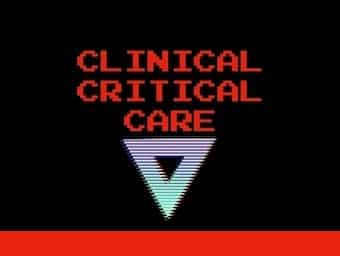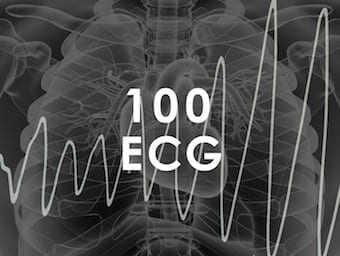
John H. Blease
John Henry Blease (1906 - 1985) British inventor and anaesthetic technician. Blease-Manley ventilator; the Alfo-Blease anaesthetic machine

John Henry Blease (1906 - 1985) British inventor and anaesthetic technician. Blease-Manley ventilator; the Alfo-Blease anaesthetic machine

A trauma patient has come in and they have a life threatening, non-compressible haemorrhage. We have a Code Crimson on our hands.

John Templeton Bowen (1857 – 1940) was an American dermatologist. Eponym: Bowen's disease, Bowen's disease of the vulva, Bowenoid papulosis

A man in his 40s with exertional chest pain and a small troponin rise. Is this just LVH? Bedside echo gives us the answer

Jacques Lisfranc de St. Martin (1787–1847) was a French Surgeon. Eponymously affiliated with the Lisfranc joint / fracture / injury / amputation (1815)

RCTs deliver the most reliable evidence to guide how we treat our patients but they are badly designed, inaccurately reported and misunderstood. We can do better.

There are five features on this "normal" ECG that suggest impending inferior STEMI - can you spot them?

Rare Life-Threatening Emergencies; Publication Deficits & Potential Solutions with Laura Duggan

James Adolf Israël (1848 - 1926) was a German surgeon. Eponyms: Actinomyces israelii, Nicoladoni-Israel-Branham sign

B. Raymond Fink (1914 – 2000) was an American anesthesiologist. Fink effect (1955): diffusion anoxia/hypoxia or the third gas effect; Fink Laryngoscope Blade (1958); Fink Non-rebreathing Valve (1954)
Biography Born in 1921 in Barrie, Canada (possibly August 16, 1920) 1945 – MD from the University of Toronto school of medicine 1945-1948 rotating internship at the Toronto General Hospital, with surgical internship at the Queen Mary Veterans’ Hospital in…

ECMO is a life-saving intervention for critically ill patients, but patients describe a recovery period that can take months to years.